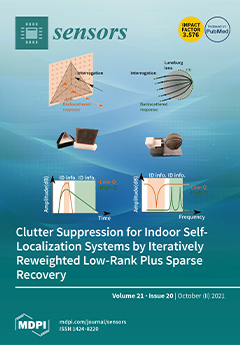Background: The HUMAC Balance System (HBS) offers valid measurement of balance, and the arm crank exercise test (ACE) is a valid measure of physiological capacity. Neither have been used to evaluate associations between balance and physiological capacity in lower-limb amputees. Methods: Thirty-five participants
[...] Read more.
Background: The HUMAC Balance System (HBS) offers valid measurement of balance, and the arm crank exercise test (ACE) is a valid measure of physiological capacity. Neither have been used to evaluate associations between balance and physiological capacity in lower-limb amputees. Methods: Thirty-five participants with lower-limb amputations were recruited. Standing balance (center of pressure) was evaluated during eyes opened (EO) and eyes closed (EC) conditions using the HBS. Participants performed ACE graded exercise testing (GXT) to evaluate aerobic capacity. Spearman’s
rho was used to identify relationships between variables. Cut-points for three groups were generated for time on ACE. Mann–Whitney
U tests were used to explore significant differences in variables of balance and ACE between low and high performers. Results: Relationships between variables of eyes open displacement (EOD), eyes open velocity (EOV), eyes closed displacement (ECD), and eyes closed velocity (ECV) were significant (
p < 0.05), and high performers with EO also performed best with EC. Longer exercise times were significantly associated with increased HR
peak, VO
2peak, VE
peak, and RER
peak (
p < 0.05). HR
peak (143.0 ± 30.6 b/min), VO
2peak (22.7 ± 7.9 and 10.6 ± 4.7 mL/kg/min), VE
peak (80.2 ± 22.2 and 33.2 ± 12.7 L/min), and RER
peak (1.26 ± 0.08 and 1.13 ± 0.11) were significantly greater in high performers than low performers, respectively (
p < 0.05). There was no significant association among VO
2peak and any balance task variables; however, there were significant associations between some balance and physiological variables. Conclusions: Findings differentiated high and low performers; however, participants were still well below able-bodied norms of physical capacity. Training to mitigate deconditioning is suggested.
Full article






